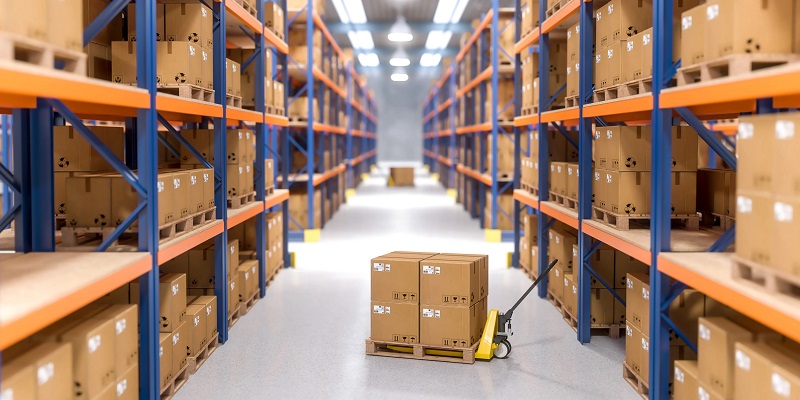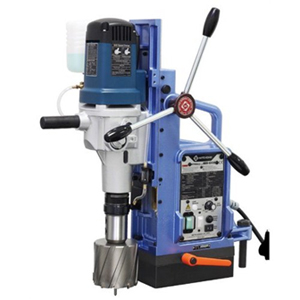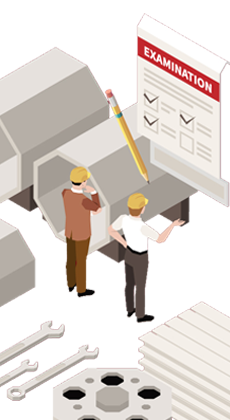Schedule a Call Back
Unique capabilities of edge computing in IoT
 Articles
Articles- Apr 21,25

Related Stories

Unique capabilities of edge computing in IoT
IoT edge computing projects allow people to benefit from advantages associated with both technologies, letting them tap into many unique capabilities, says Emily Newton.
Read more
What materials are leading the charge in automotive lightweighting?
Although these are some of the most common materials used to make automobiles weigh less, researchers are constantly working to discover better methods, says Emily Newton.
Read more
Optimising inventory management to reduce inventory losses this holiday season
Optimising inventory management is imperative for preserving profitability and fostering stakeholder trust. Emily Newton explains in detail how to go about it.
Read more












